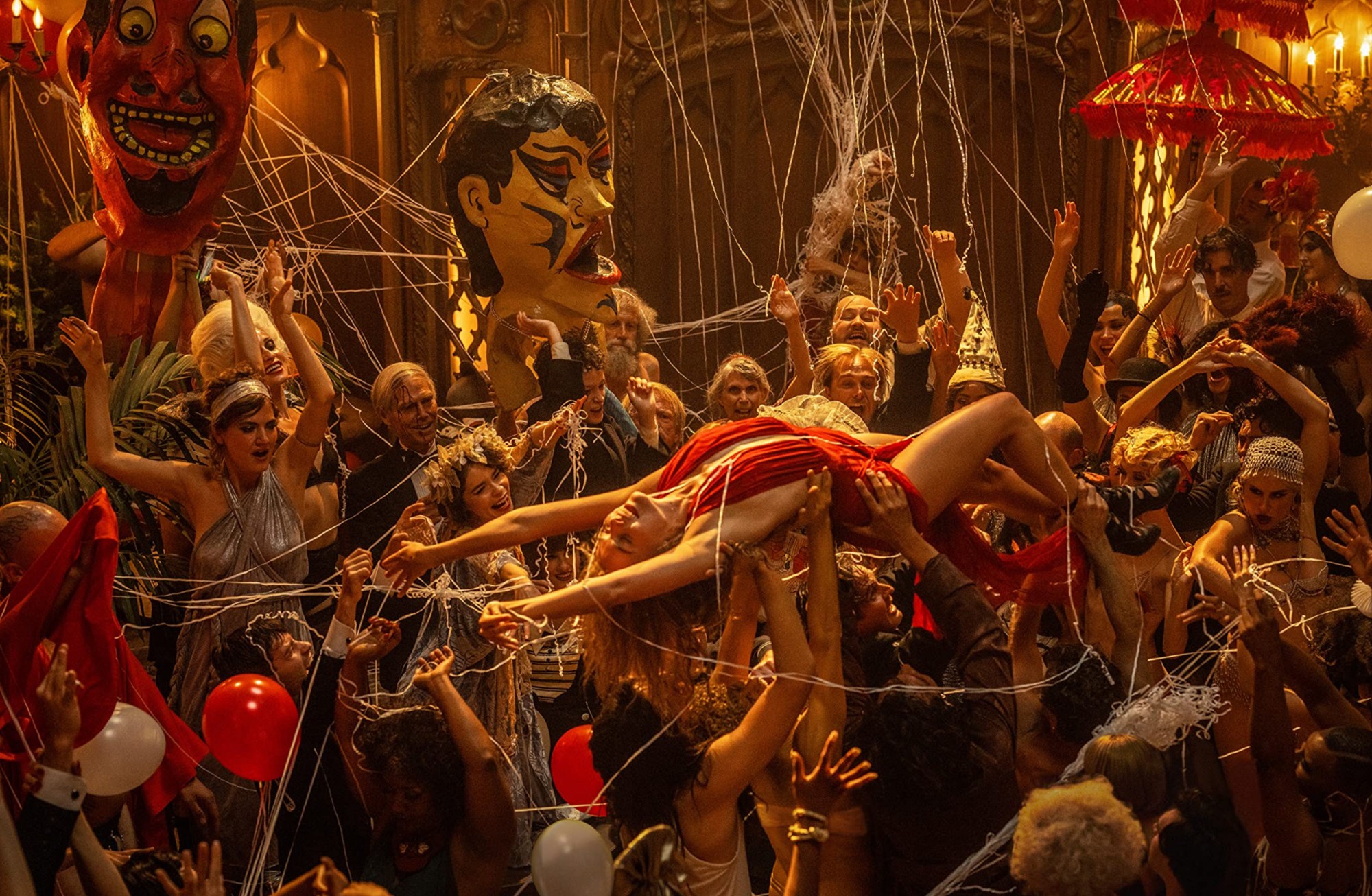
- Fashion
Mary Zophres: A “Babylon” of Shapes and Colors
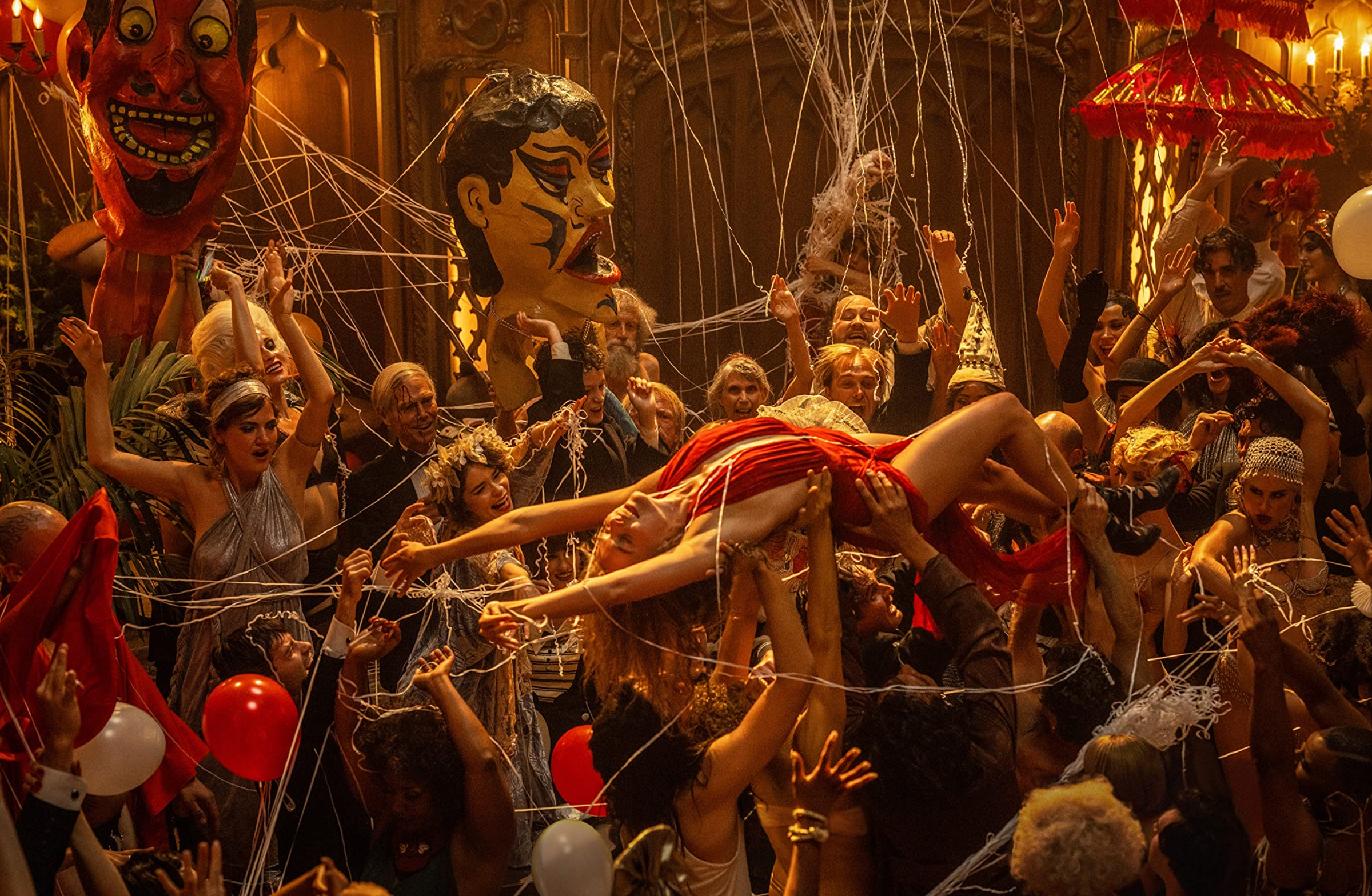
In an unusual act of homage, Babylon’s Director Damien Chazelle conducted a Q&A session with his own crew members – Costume Designer Mary Zophres, Music Composer Justin Hurwitz, Production Designer Florencia Martin and Art Director Anthony Parrillo – at American Cinematheque’s Aero Theatre on Saturday, March 4, 2023.
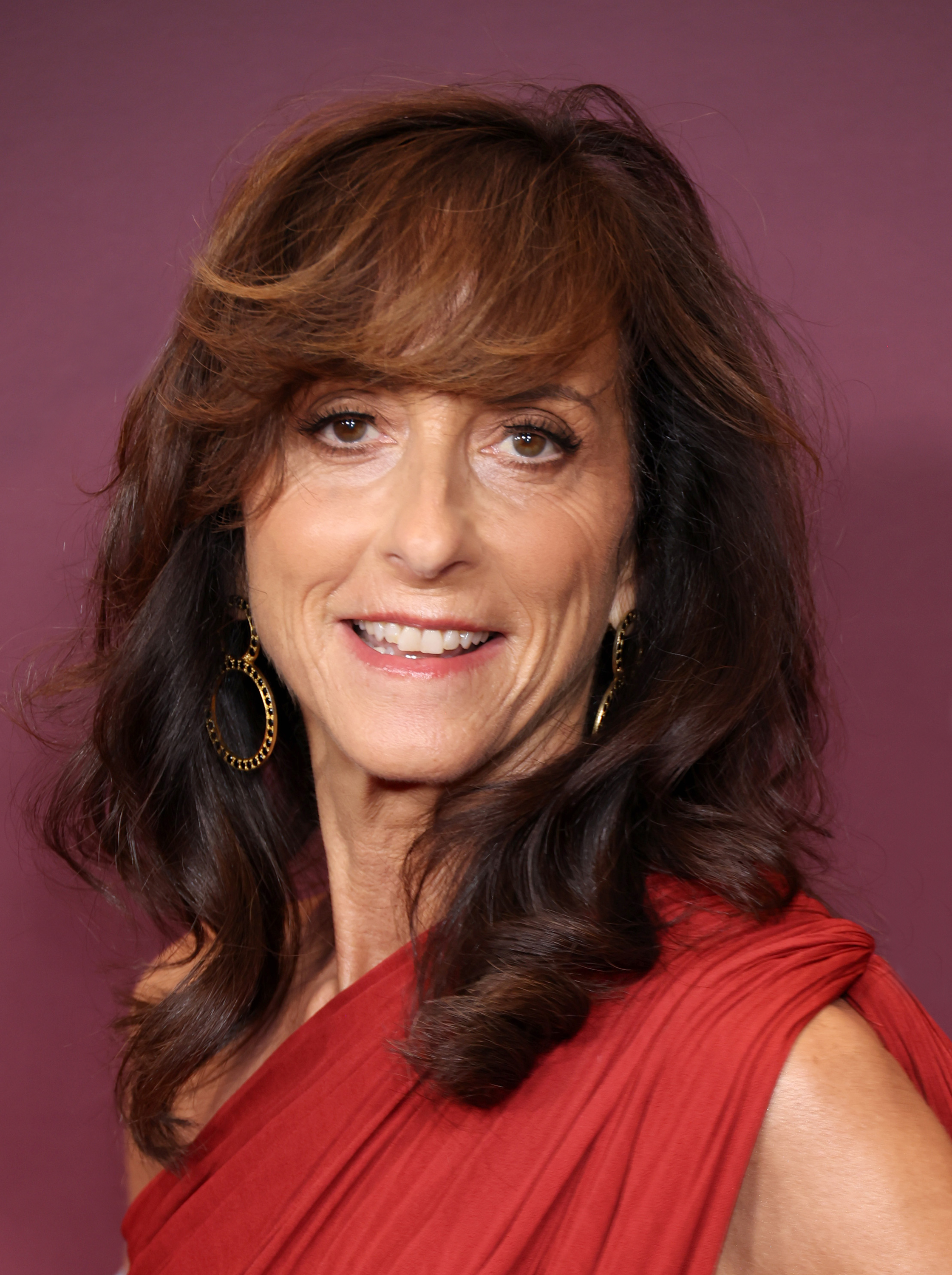
The reality of filmmaking is full of “hard choices and compromises,” said Chazelle addressing his team. “And one thing I just found amazing was how you guys, under insane pressure, somehow pulled victory from the jaws of defeat.” One can only imagine how a set of a period film as rich and complicated as Babylon must have looked, and what a test of skill and perseverance it must have been for everyone involved – each department its own battlefield.
Having to dress 1,000 men for a silent movie fight scene was Mary Zophres’ literal battlefield. The seasoned costumer, who had previously worked with Chazelle on La La Land, has worked with other top-notch filmmakers like the Coen Brothers and Steven Spielberg, and is now nominated for an Oscar for the fourth time, is not a stranger to filming difficulties, but this production seemed to have exceeded anyone’s expectations.
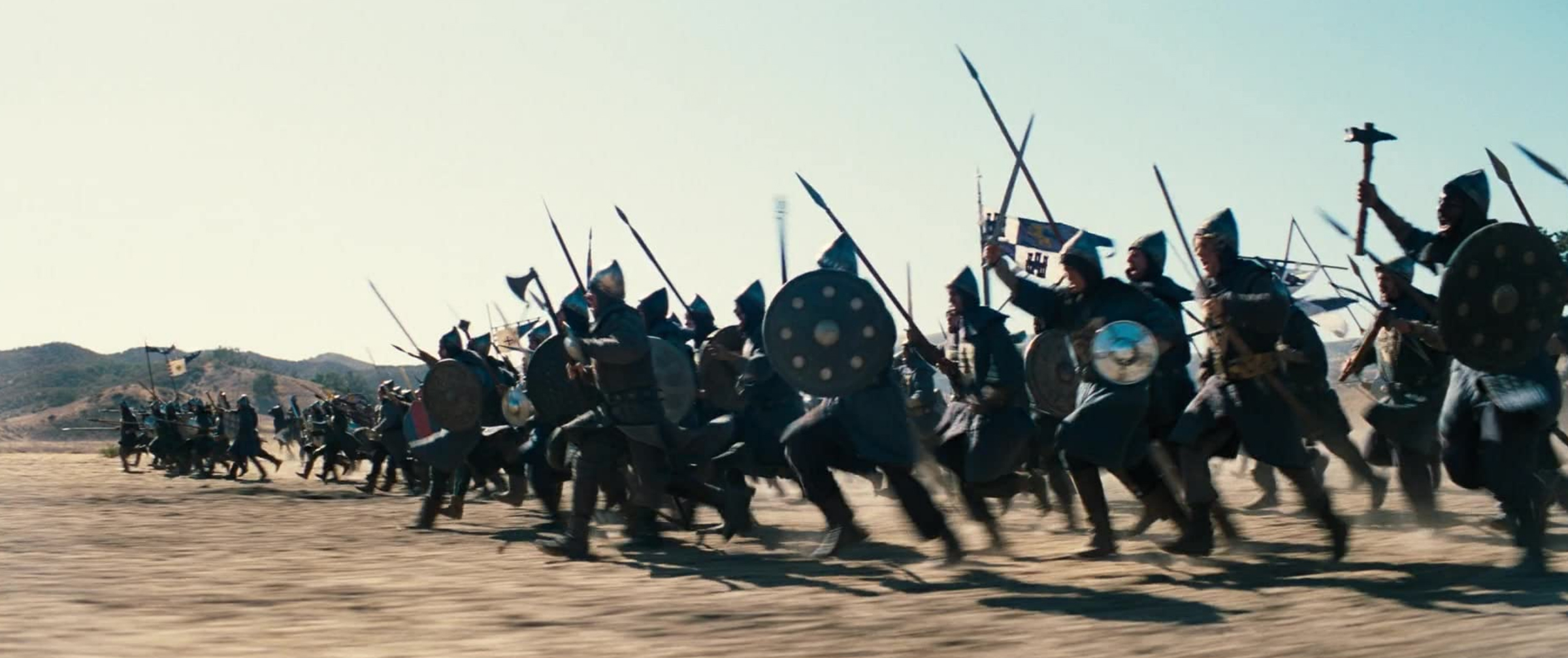
“Damien wrote an amazing original screenplay that he wrote in great detail, and one of the details was that there were 1,000 men on the battlefield,” she jokingly complained.
“I was just trying to be helpful,” Chazelle responded apologetically, eliciting laughs from the packed audience.
The sheer volume of the work, contrasted to the limited resources, made for incredible challenges for the costume department.
“What’s great about Damien is that he’s extremely decisive,” Zophres continued. She and the director would quickly decide on colors and materials that would allow them to duplicate costumes inexpensively. But a film is a personal expression of its makers, and Chazelle had to be particular about the details: “And you wanted pointy helmets,” Zophres reminded Chazelle. “You were like – oh, those will be funny.”
“Like Alexander Nevsky images,” added Chazelle, again apologetically.
Zophres’ shoot problems didn’t end with the helmets, of course. Several wild party scenes with bodily fluids – human and non-human – spewing on costumes complicated things. For a pool party scene, for example, most of the costumes had to be manufactured “because the (rental houses) freak out if you put rental clothes in a pool.” Having “puke scenes,” on the other hand, necessitated duplicates of costumes. “The volume in general was the scariest part,” Zophres summed it up.
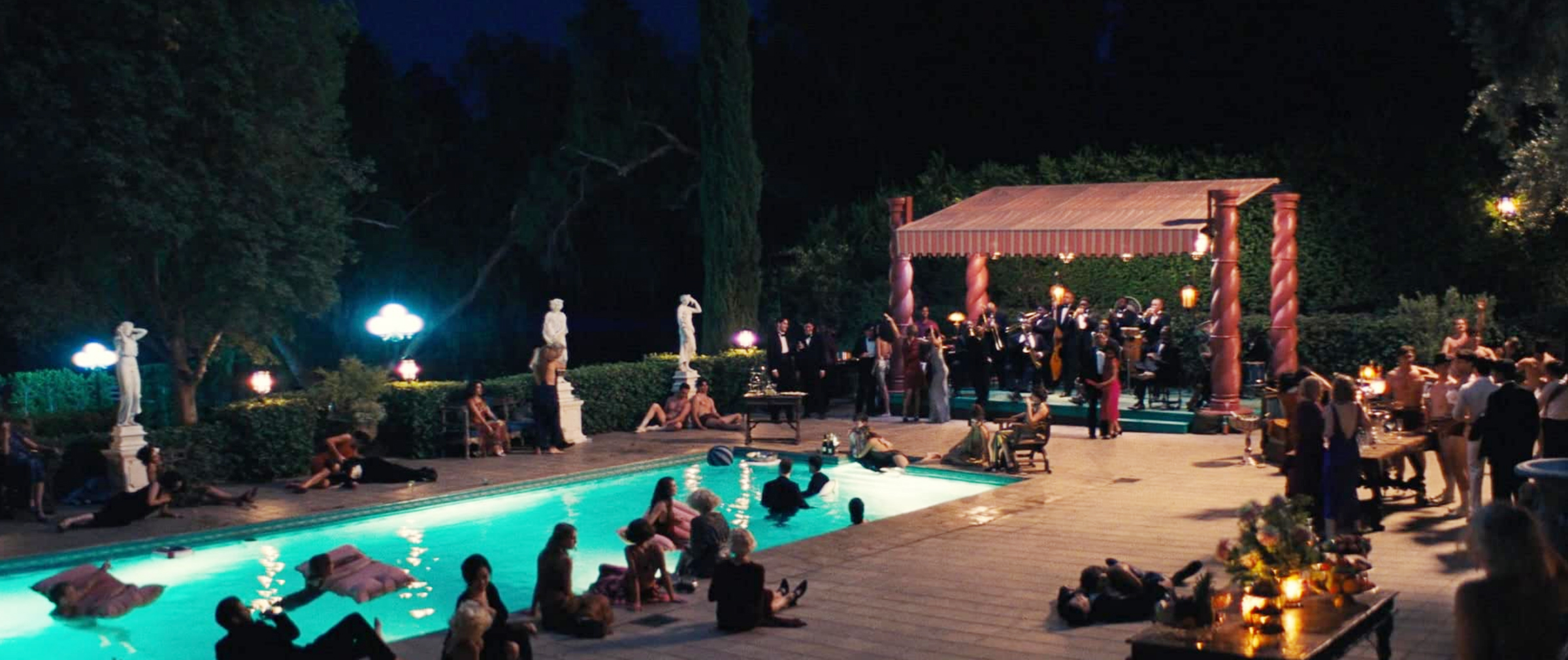
“Did you sleep?” she asked Chazelle. “I never slept on this movie. I feel like I dreamt it.”
For the director, Babylon was a lot about contrast and juxtaposition, “feeling the glamor, the idea of beautiful people like moths to the flame and why they wanted to be part of (Hollywood), but always feeling the sweat and the dirt.” What that meant for Zophres was ageing and dirtying glamorous clothes, thus adding to the challenge, because everything had to be built. Yet, “with each layer of dirt and with each nick and scratch, you’re adding more character and it’s more fun.”
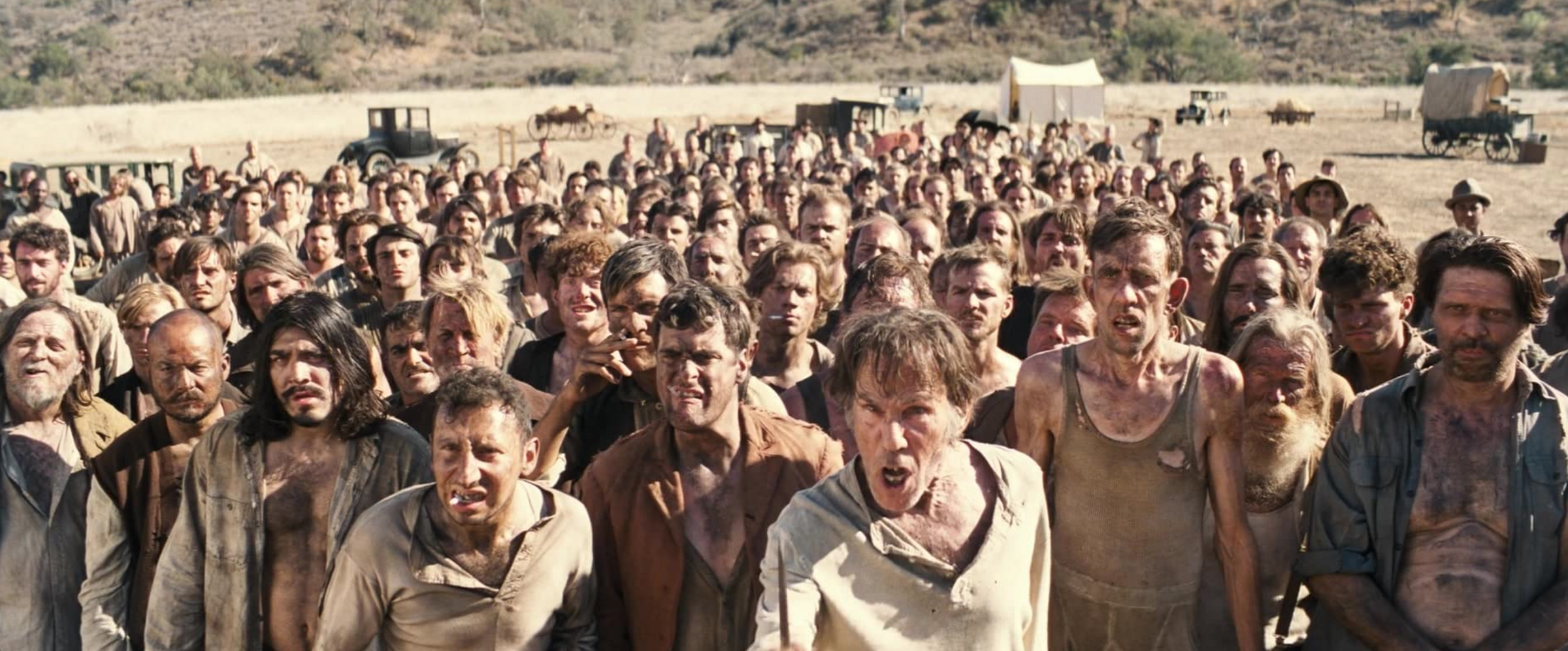
Zophres thrived on the challenge, it seemed. For the opening party scene that looked like a Roman orgy, she drew inspiration from her extensive research all over the world, copied costumes like a handmade chicken suit based on a photograph from the 1920s and unique pieces found in Europe, the Middle East and the United States, and made others from scratch.

Chazelle remembered Zophres walking with crutches because of an aching hip across rugged terrains with thousands of extras, going out to each of them, “making sure that the seams are right.”
“It’s true,” she agreed.
“That’s why I love her,” said Chazelle. “I love commitment.”